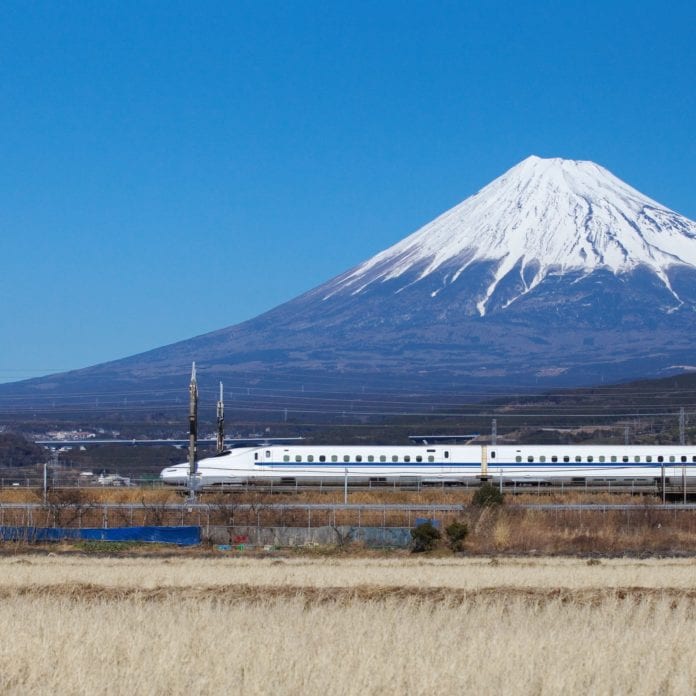Japan’s communications ministry will start carrying out R&D to develop post 5G standards
Japan’s Internal Affairs and Communications Ministry plans to start carrying out research and development activities for a new telecommunications standard that will succeed 5G technology, Japanese press reported citing sources from the ministry.
The ministry said that Japanese operators will be in a position to commercialize this post-5G standard around 2025. The ministry said this new technology will improve the speed and stability of telecommunications so that services that are expected to use 5G — such as self-driving vehicles and remote medical treatments — will become easier to use, according to the report.
The ministry plans to make a budget request for fiscal 2019 of over JPY 1 billion ($9 million) to carry out four years of research and development. By carrying out R&D earlier than other countries, the Japanese government aims to take the lead in formulating the global post-5G standard, according to the report.
Millimeter wave-based propagation is susceptible to being obstructed by elements such as rain and walls. They also tend to consume more electricity with the increase in data volume. The ministry aims to carry out R&D to resolve such disadvantages and enhance the reliability of post-5G telecommunications.
Japan is expected to be an early adopter in the 5G segment as local telecom operators are looking to start deploying the new technology around 2020.
NTT DoCoMo has been carrying out a number of trials, mainly with Chinese vendor Huawei. The two companies recently announced a collaboration with Tobu Railway to trial a millimeter wave system at Tokyo Skytree Town as part of a broader push for field trials being advocated by Japan’s Ministry of Internal Affairs and Communications (MIC).
The partners said the trial was conducted with the main aim of researching technical conditions to use the 28 GHz band and other candidate spectrum for 5G in dense urban areas.
Finnish vendor Nokia recently secured a contract with NTT DoCoMo to provide next-generation equipment for the operator’s future commercial launch.
Under the deal, Nokia will support NTT DoCoMo’s commercial operation in Japan by further enhancing existing baseband units and integrating its 5G New Radio (5G NR)-based AirScale hardware in the network.
Meanwhile, rival operator SoftBank is also very active in the field. The Japanese telco has inked a partnership with Huawei to demonstrate potential 5G use cases for its enterprise partners. A demonstration included real-time UHD video transmission using ultra-high throughput, remote control of a robotic arm using ultra-low latency transmission and remote rendering via a GPU server using edge computing.
SoftBank has been also working with Ericsson in the execution of trials in Japan. In September 2017, the two companies had announced plans to conduct a joint trial of 5G in the 4.5 GHz band in urban areas of Tokyo. This 5G trial included two new radios, virtualized radio access network and evolved packet core RAN, beamforming, massive MIMO functionality and support services.
KDDI has been also engaged in trials, mainly with Ericsson and Samsung Electronics. In September 2017, KDDI and Ericsson inked an agreement to test a proof of concept in the 4.5GHz frequency band in a number of cities across Japan. Ericsson said that the 4.5GHz frequency band is one of the candidates for 5G in Japan.
KDDI and Ericsson said they were planning to carry out a large number of tests across a wide range of use cases in the 4.5 GHz and 28 GHz frequency bands, including interworking with LTE technologies.

